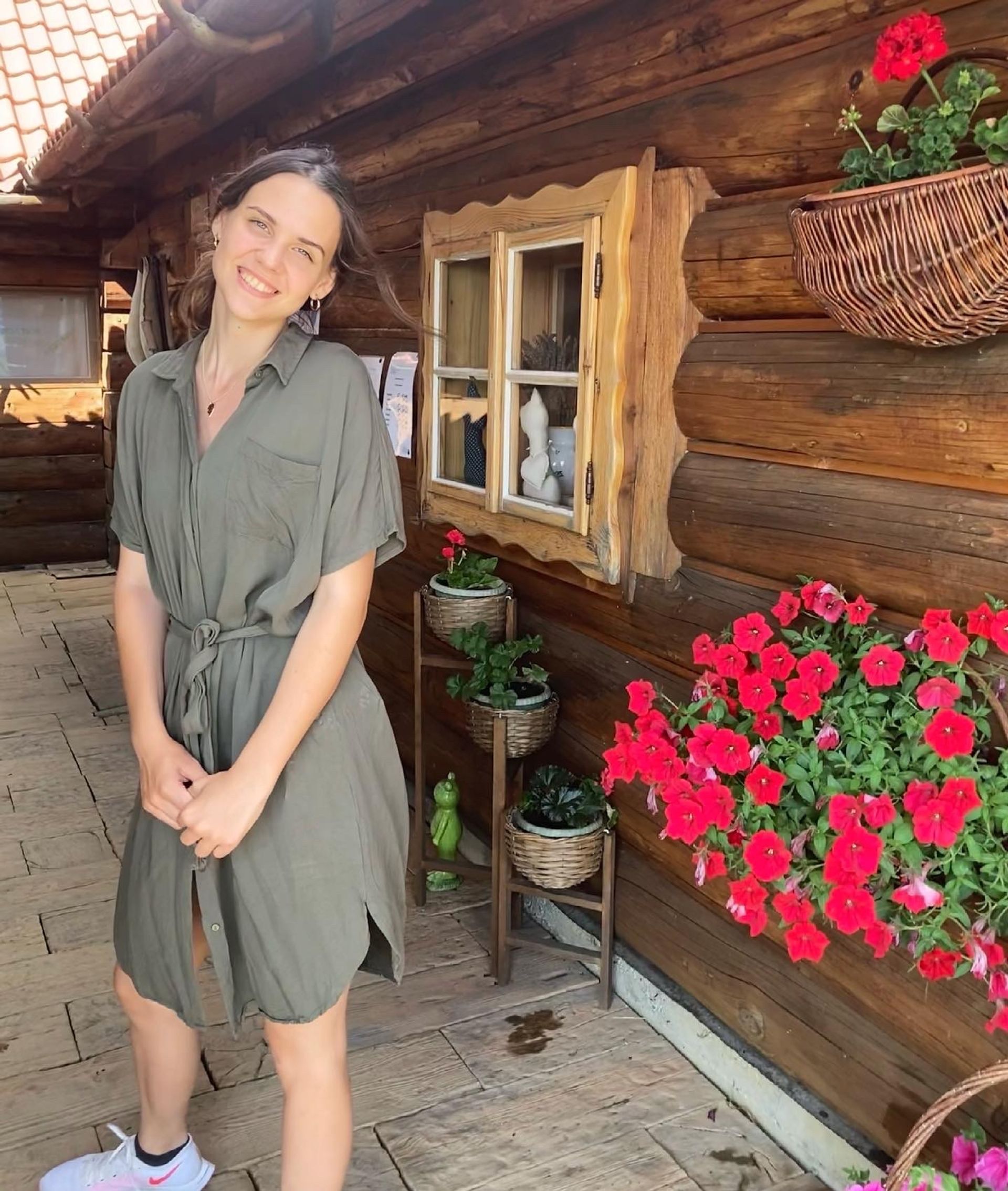Written by Redwan
27 May 2015
So we had our second event of the Local SI-NFGL chapter at Linnaeus University. There was a lot of fun, excitement and activities involving 9 enthusiastic SI scholars from different fields and 3 professors. We would like to thank the Faculty of Design and the Faculty of Technology at Linnaeus University to come together and helping the local chapter organize this event.
We kicked off through an opening remark from the Local network president Andrea Strinic, who welcomed the professors, participants and thanked the Swedish Institute for sponsoring the event. I came in next ( no filmic entry, just a casual one! 😛 ) and introduced our topic at hand, which is ‘Participatory Design’. So it’s obvious that you are now thinking what this actually is.
To make it simple, if you break this term you get participation and design. So on a very generic level, it means designing by participation. This design can mean anything – from doing a table or a car to designing new systems and democracy structure at workplace. So it can have both abstract and tangible forms and depends on the context in which you are aiming to apply the concept. However, in our case, we wanted to see how design through participation can lead to efficiency at workplaces, equality, good work-life balance and of course, how to solve technical problems as well.
After a very insightful lecture by the Professor Mathilda Tham and Professor Christina Mörtberg on design and participatory design respectively, we carried out 2 very interesting workshop that complement our topic – future workshop and storyboard. Future workshop involves intensive brainstorming of a problem/topic at hand which in our case was the transportation system in Växjö. The participants were required to critically analyze the topic, find problems, provide ‘out-of-the-world’ solutions and finally deduce feasible and implementable options that can be used to improve the system. Storyboard, on the other hand, was a outdoor activity where a group of participants were asked to find a certain room within the university campus. They were suggested a starting point and then asked to take photos, recording and notes on what they practically did to find the room. After successful completion of the task, the whole ‘story’ was supposed to be put on paper in terms of pictures and chat boxes and view it overall.
Following this, we concluded with a Fika and reflection session on what we learned, experienced and how we can apply these learning into our respective academic domain. The students shared their personal experiences as well and applied them to the understanding they received here.
Hey stay tuned still, we got more to come!




